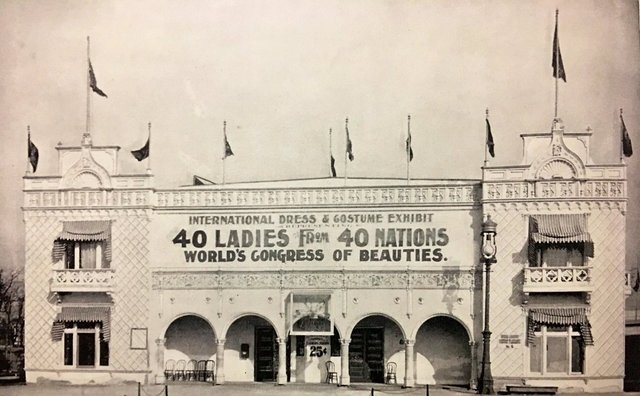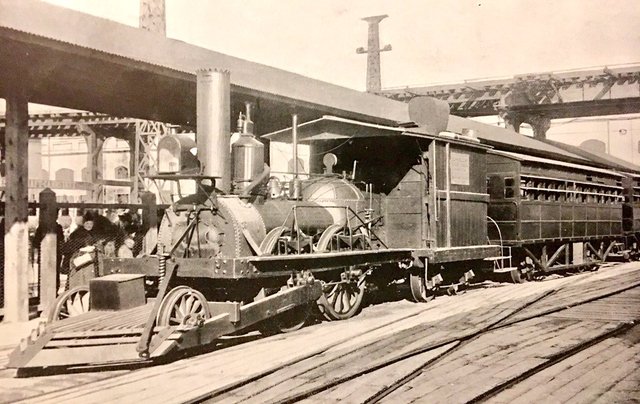1893 Columbian Exposition : Attractions | 7 Pictures
Over the next month I'll be sharing first draft chapters from a book manuscript I'm working on about the Columbian Exposition. This is a way to both preview and promote the concepts along the way. I'm glad to share this work while I continue to craft the narrative along the way.
Attractions

Despite the efforts to prohibit alcohol and nudity by temperance-minded women in advance of the World’s Fair, the event embraced the bawdy allowing not only this structure to feature beauties from around the globe but also scantily-clad belly dancers.

Modern day visitors to Chicago are familiar with Navy Pier, but the city has a history of notable ones dating back to the Columbian Exposition.
The structure allowed for boat traffic to engage the World’s Fair and let tired guests relax on the mechanized chair path that ran its length. However, it ultimately broke midway through the six-month run of the Fair and wasn’t repaired due to expense.

World’s Fair organizers felt an emblem of the event should be manufactured to commemorate the event. Colonial and Revolutionary era artifacts were contributed from across the country to combine with bronze. This New Liberty Bell toured through NYC, Philadelphia, Pittsburgh and Indianapolis on its way to Chicago.

The John Bull locomotive was already more than 50 years old by the time of the Columbian Exposition. It journeyed from Jersey City to be available for visitors to see at the event. Transportation was converting the last frontiers of the United States rapidly as the 20th century grew near.

The Windy City is a nickname long held by Chicago. Regardless of the origins, participants felt it was a good opportunity to play on the phrase and so a variety of windmills were contributed from all over the map. As you can see from this image of the collection, there were a good variety of contributions.

The people of 1893 were as interested in viewing the movement of celestial bodies as those from any time before or since. For the Expo, the Yerkes Telescope was constructed at the cost of $500,000, which at the time was the biggest in the world. After the run in Chicago, the massive instrument was relocated to Lake Geneva, Wisconsin where it continued operating via funding from the University of Chicago until October of 2018.

Attendees could enjoy all sorts of shows and concessions on the Midway. The ostriches were a popular attraction. They were available to view for only 10 cents. Food dishes were also created from the animals for special occasion events.